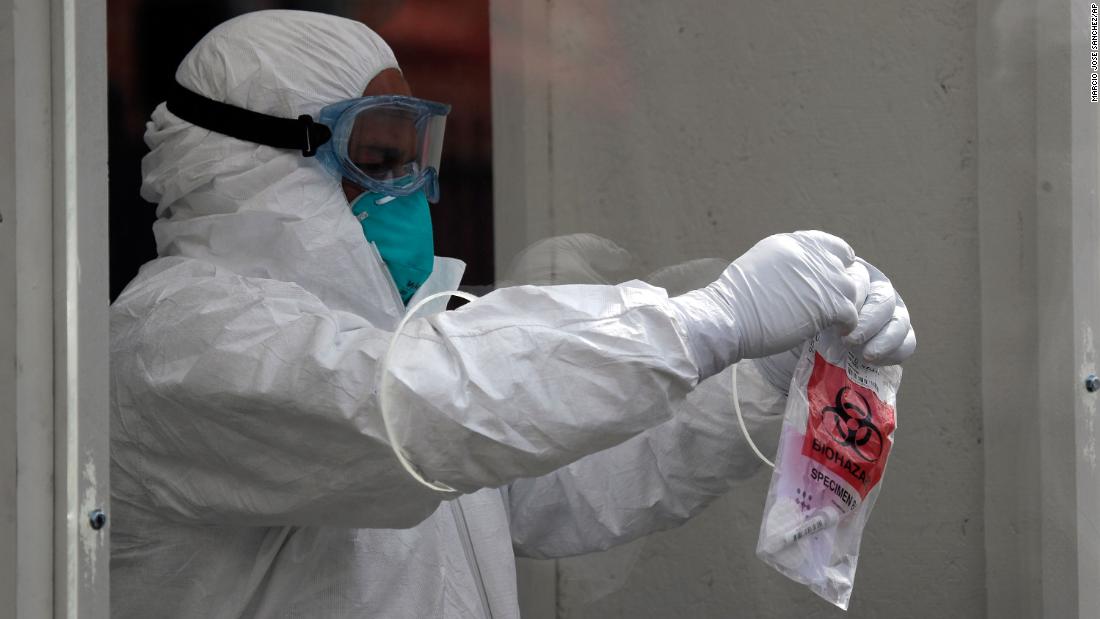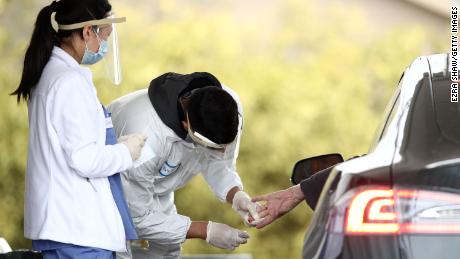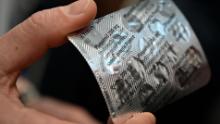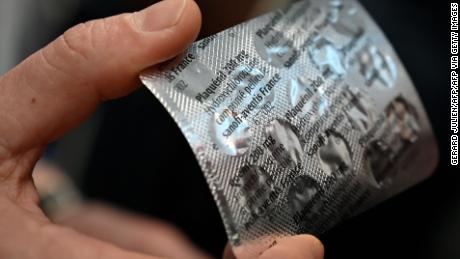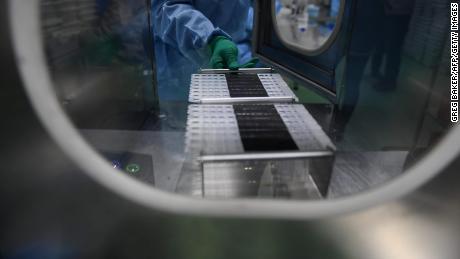Numbers: US could see a higher summer death toll
The change came as states began updating their death tallies, adding residents of nursing homes whom officials are now counting as presumptive positives, Dr. Chris Murray, the director of the Institute for Health Metrics and Evaluation at the University of Washington, said Tuesday.
Murray’s team of experts was taken aback when states like Georgia, which still has a high number of infections, announced they’ll soon ease some restrictions, he said. Georgia Gov. Brian Kemp, a Republican, has said his state is prepared to handle an expected uptick in cases as businesses there begin to reopen Friday.
“If people start to go back to normal social interaction or even progressively go back, the risk of transmission will go up … and then you go back to the sort of exponential rise that was happening before we put in social distancing,” Murray told CNN. “The risk is very great for resurgence from these early openings.”
“There’s a possibility that the assault of the virus on our nation next winter will actually be even more difficult than the one we just went through,” CDC Director Robert Redfield told The Washington Post. “We’re going to have the flu epidemic and the coronavirus epidemic at the same time.”
The US has so far recorded more than 825,306 infections and at least 45,075 deaths.
California is first state to recommend testing for asymptomatic people
To safely move forward, experts have long emphasized the country should be able to track, trace and isolate cases.
Bolinas, a remote Northern California community, may be one of the first in the world to attempt to test all of its residents for the virus and for the antibodies that may make people immune.
Fewer than 2,000 people live in the town, and in the first two days of testing, more than 700 residents showed up. The community-wide free testing is voluntary and part of a new study launched by the University of California, San Francisco, that’s attempting to get a more complete understanding of how the virus is invisibly spreading.
That unseen spread is something health officials all over the state are trying to tackle, now recommending coronavirus testing for asymptomatic people who live or work in high-risk environments such as nursing homes or hospitals.
The new guidelines, from the state’s health department, were announced in an April 19 memo and make California the first state in the nation to broaden its guidelines for testing to include those without symptoms, state health officials told CNN.
The CDC previously advised testing high-risk patients with symptoms and health care workers with symptoms, a California health department spokesperson said.
California is averaging 14,500 coronavirus tests a day, Gov. Gavin Newsom, a Democrat, said Tuesday, calling the number “still inadequate,” with a long way to go before the state can attempt to reopen.
The US has so far conducted 4 million tests
One report estimates three to 30 million tests should be conducted weekly, while the other says the US should be conducting 20 million tests each day to get a handle on the pandemic.
So far, the country has performed about 4 million tests. And while federal officials tout the country has testing capacity, some state leaders — including Illinois Gov. J.B. Pritzker, a Democrat — have reported that while they may have the necessary machines, they lack the materials and staff to run them.
That test could be available within weeks in most states to patients with a doctor’s order, the agency said.
“Throughout this pandemic we have been facilitating test development to ensure patients access to accurate diagnostics, which includes supporting the development of reliable and accurate at-home sample collection options,” FDA Commissioner Dr. Stephen Hahn said in the agency’s announcement.
Another company, meantime, warned of possibly misleading results.
Abbott Laboratories, the maker of a rapid coronavirus test that’s been widely used across the country and distributed by the federal government, warned its device can produce false negatives if a certain solution is used to move or store the patients’ samples.
States are grappling with how to move forward
Despite the questions still surrounding tests, many US governors have turned their attention to reopening the economy.
Last week, the federal government said in order to do so, states should wait to see a 14-day continuous decline in cases, the first of three phases of reopening.
South Carolina and Georgia announced this week — before either hit that milestone — they’ll be easing restrictions.
Georgia’s governor said workers and business owners need relief, adding that businesses including bowling alleys, body art studios and hair and nail salons can reopen this week. Theaters and restaurants can open their doors next week with social distancing restrictions.
Kemp said no local ordinance can restrict the openings, which will be implemented statewide. Mayors across the state were left astounded, many saying they’re unprepared for such a move.
Atlanta Mayor Keisha Lance Bottoms, a Democrat, told CNN Tuesday she’s exploring whether the city has legal grounds for putting different orders in place than what Kemp has announced.
“I have searched my head and my heart on this, and I am at a loss as to what the governor is basing this decision on,” she said.
In Tennessee, GOP Gov. Bill Lee announced most businesses across the state will be able to reopen May 1, once the state’s stay-at-home order has expired — but hinted some may be able to open sooner.
Other governors — including Democratic New York Gov. Andrew Cuomo and Newsom — have announced they have partnered with neighboring states to come up with plans to reopen but have stopped short of giving a time line just yet. Cuomo has highlighted that ramped-up testing will be key in preparing the state.
CNN’s Arman Azad, Augie Martin, Jacqueline Howard and Joe Sutton contributed to this report.
![]()


